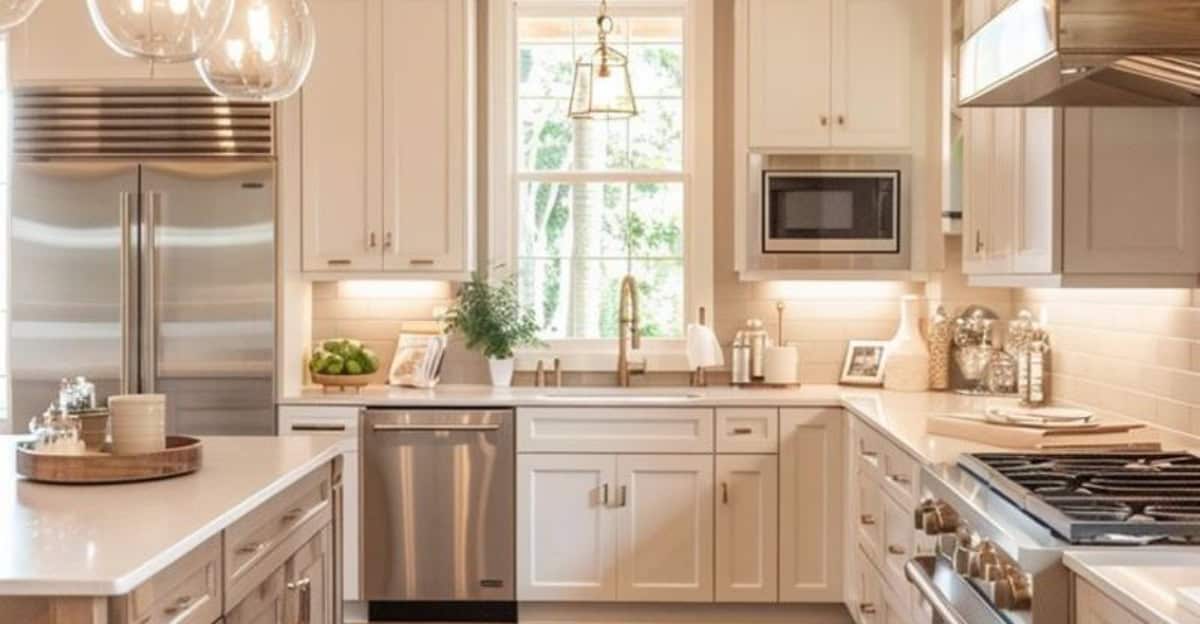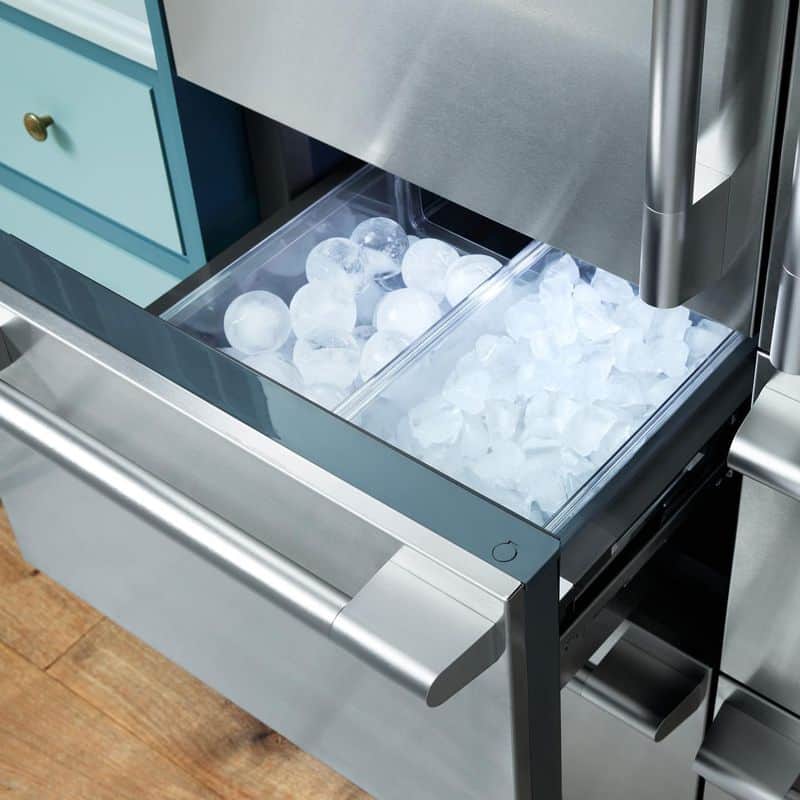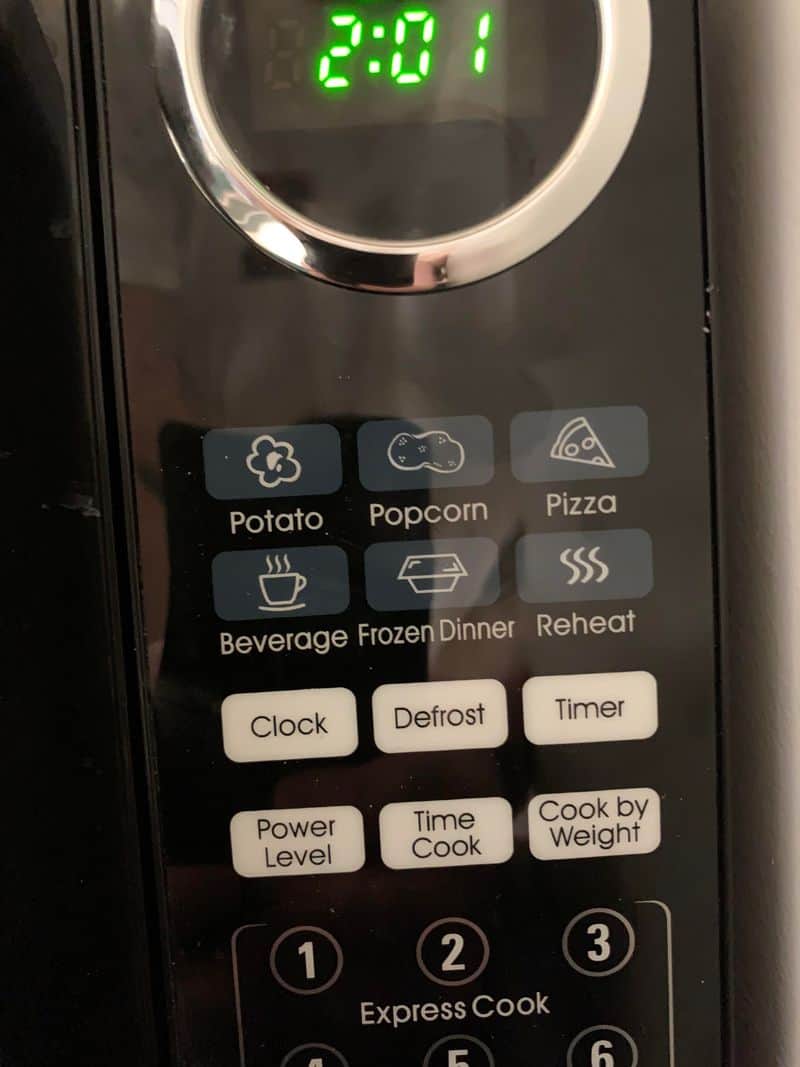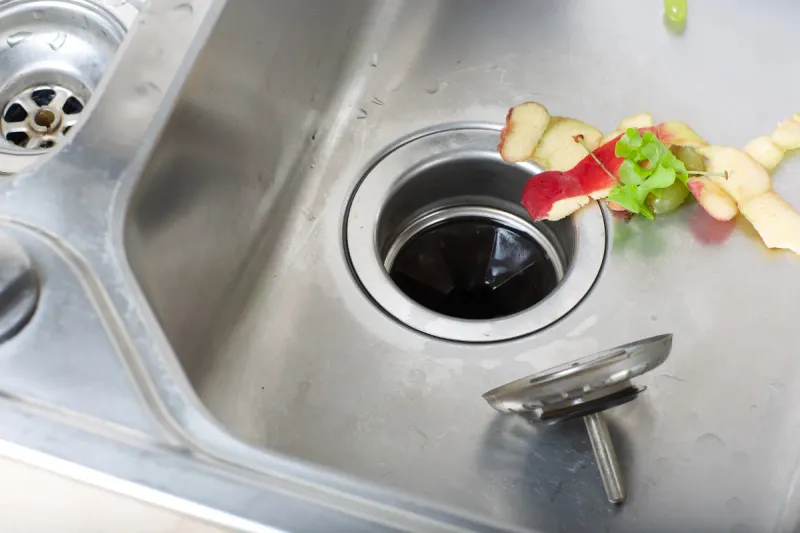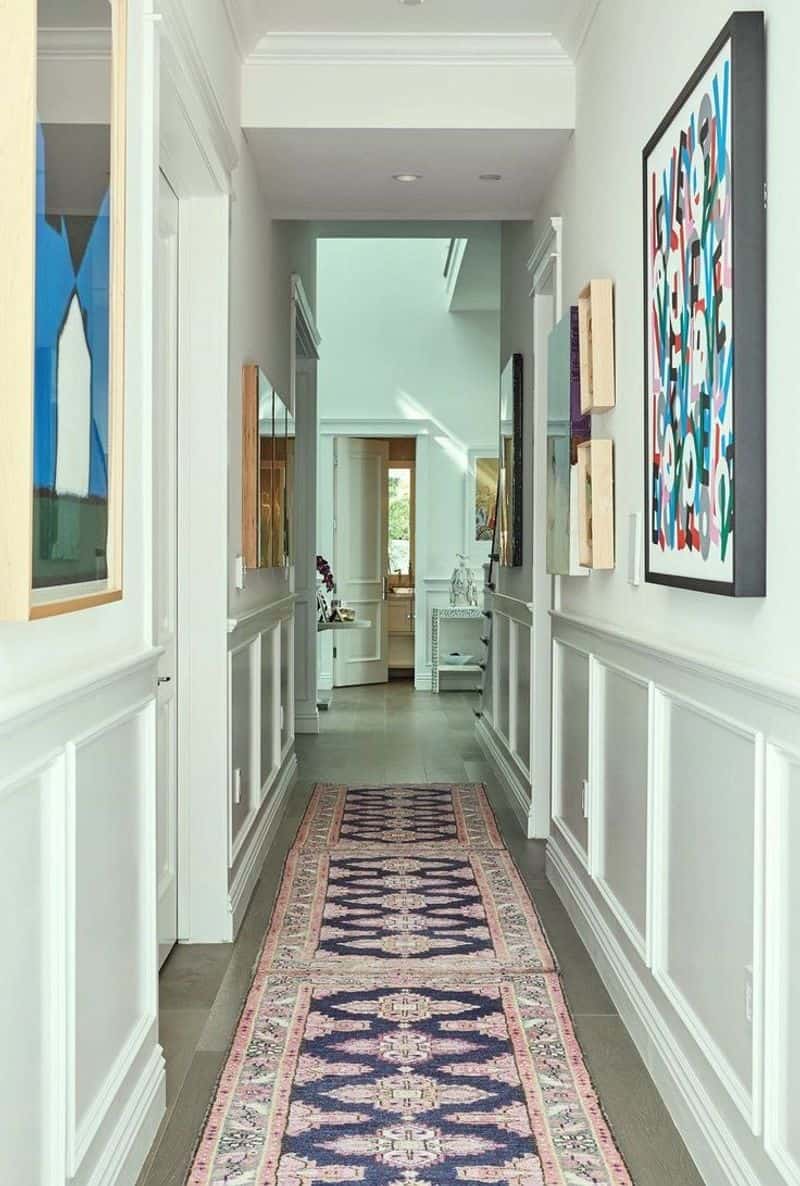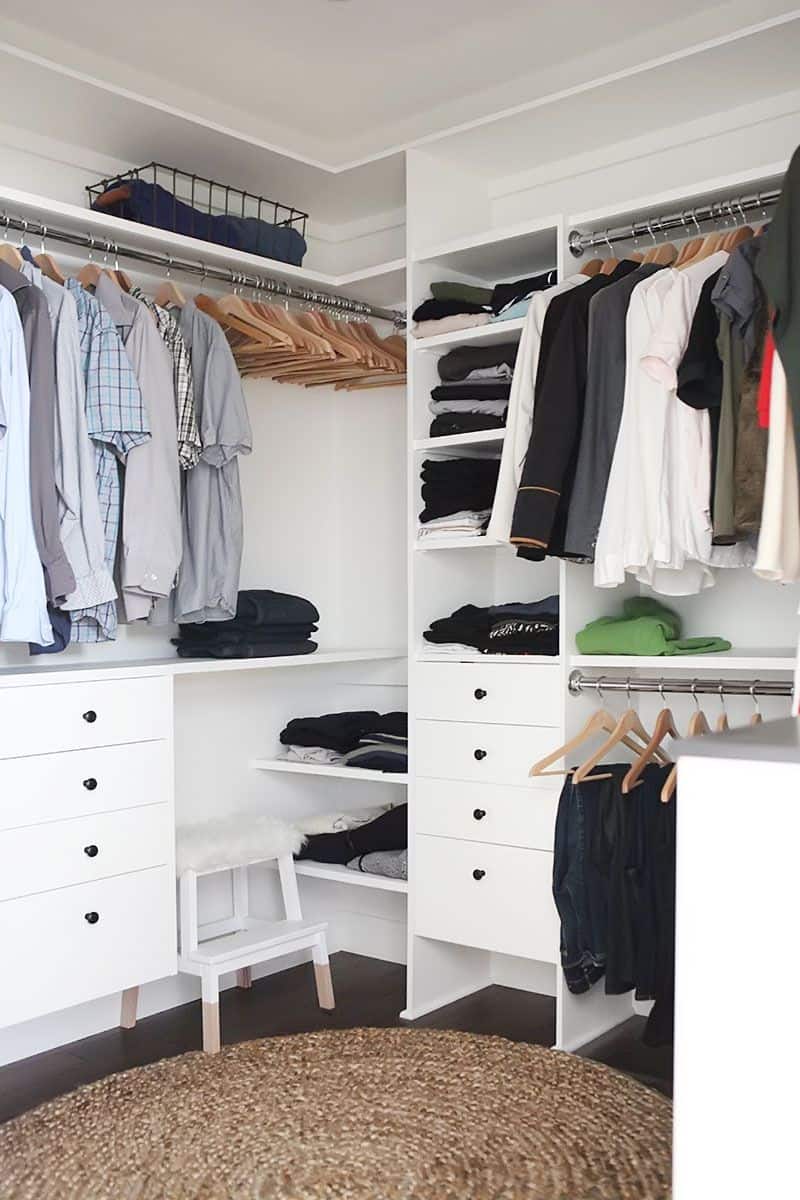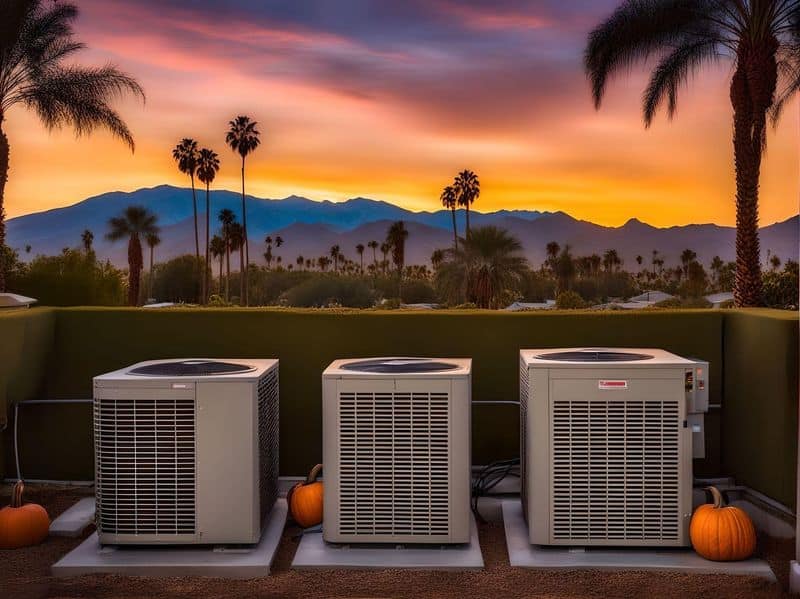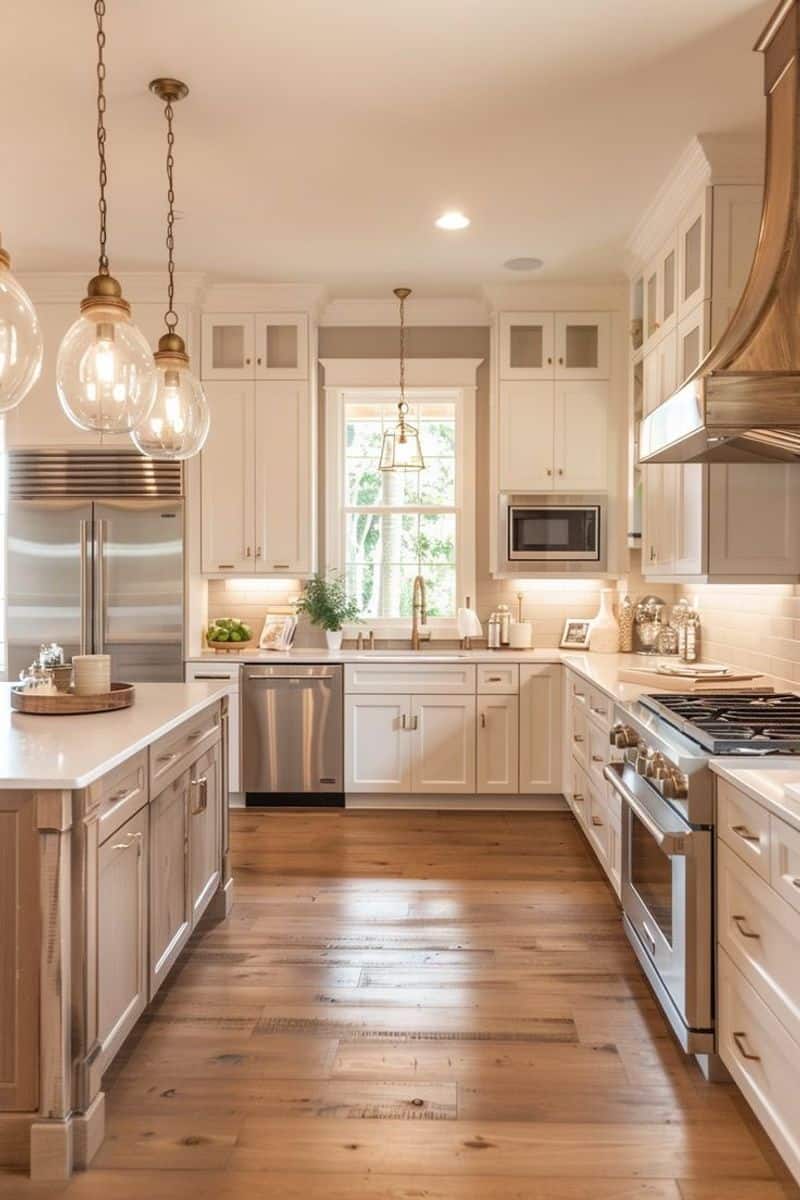Have you ever wondered what peculiar quirks US homes have that make foreigners scratch their heads? While some might seem bizarre at first glance, they aren’t entirely off the mark.
Let’s explore 7 common perceptions about American houses that hold a grain of truth.
1. Ice Maker in the Fridge
In the US, the humble ice maker is a kitchen staple. Foreigners often marvel at this feature, questioning its necessity. Why, they ask, does everyone need ice on demand?
It’s a symbol of convenience and luxury, providing endless chilled beverages without the hassle of ice trays. In a country where iced tea and chilled drinks rule, having ice at your fingertips is more a norm than a luxury.
While some see it as over-the-top, most Americans can’t imagine life without it. So, yes, our love for ice is a bit obsessive, but undeniably practical.
2. Microwave with Popcorn Setting
The popcorn button on American microwaves is both amusing and bemusing to foreigners. A dedicated button just for popcorn?
Yes, because movie nights with perfectly popped corn are a cherished tradition. This setting ensures popcorn is just right – not too burnt, not too raw.
It’s a feature that signifies a love for convenience and snacks, reflective of a culture that treasures little comforts. While some scoff, many find themselves secretly wishing their microwaves had such a quirky, yet useful, button.
3. Sink Blender (Garbage Disposal)
The garbage disposal is a curious contraption not commonly found in kitchens worldwide. This under-sink blender turns food scraps into mush, whisking them away with ease.
Foreigners often wonder about its purpose and safety. However, many Americans rely on it for quick waste disposal, avoiding smelly trash bins.
Though it can seem intimidating at first, it’s trusted for its efficiency. This quirky appliance helps maintain a clean kitchen, illustrating America’s affinity for practical solutions to everyday problems.
4. Paper-Thin Walls
American homes are often criticized for their allegedly paper-thin walls. It’s a common jest among foreigners that you can hear everything.
While this isn’t universally true, many homes have walls designed for cost efficiency rather than soundproofing.
This can lead to some unintentional eavesdropping, making privacy a bit of a luxury. For many, these walls are a reminder to keep conversations light and entertaining, bringing a humorous twist to domestic life.
5. Must-Have Walk-In Closet
Walk-in closets are quintessentially American, symbolizing space and organization. Foreign visitors often gawk at these expansive wardrobe spaces, wondering why so much room is necessary.
In the land of consumerism, closets are a testament to a lifestyle where storage is key.
This spacious feature allows for a neat, organized life, aligning with an American penchant for collecting and storing. While others may see it as excessive, for many Americans, it’s a closet dream come true.
6. Central Air Conditioning
Central air conditioning is a hallmark of US homes, seen as a luxury elsewhere. Foreigners often raise an eyebrow at the necessity of having entire homes cooled.
In many regions with sweltering summers, it’s not just a luxury but a necessity.
The comfort of a climate-controlled environment is highly cherished, illustrating an American commitment to comfort. While some might see it as energy-intensive, for those enduring the heat, it’s an invaluable feature.
7. Everything is Huge
American homes are often perceived as enormous by international standards. From sprawling lawns to expansive interiors, everything seems oversized.
This reflects the American love for space and comfort, allowing room for various activities and family gatherings.
While it might seem excessive, many find joy in having ample space to move and live. For those used to compact living, the vastness can be both a surprise and a delight, embodying the American spirit of ‘bigger is better.’

